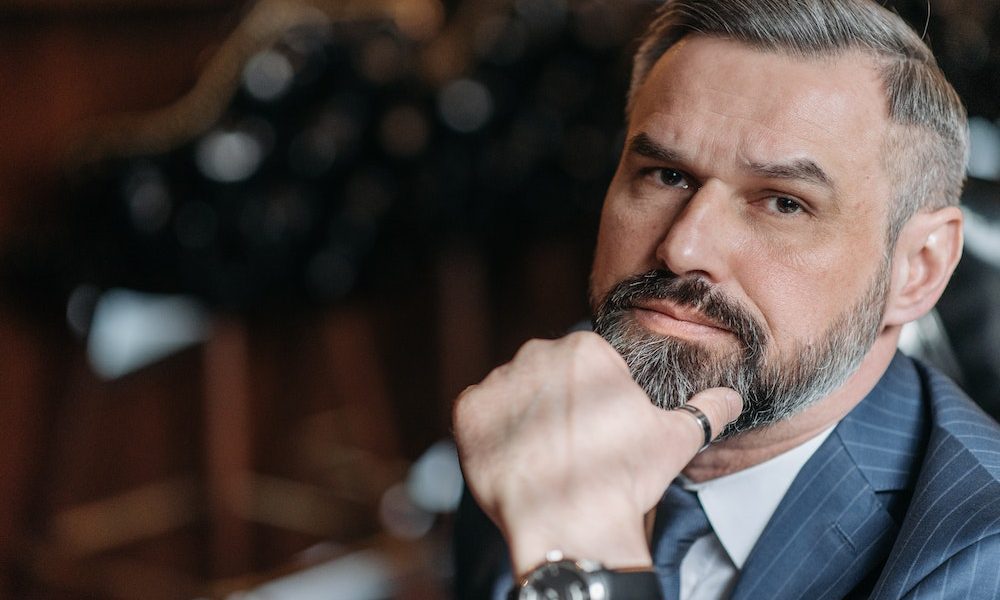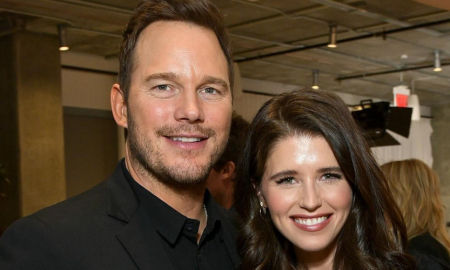
A Mantra For Modern Leadership – Trust and Inspire!

“The world has changed. Our leadership style, however, continues to remain the same.” Stephen Covey’s latest book, “Trust and Inspire,” can be defined with just these two sentences. Hybrid working demands leaders to build high-trust cultures in our post-pandemic new work culture. Yet, according to Covey’s research, even in its enlightened form, command, and control is still the dominant leadership style in 92% of firms.
This problem is “like attempting to play golf with a tennis racket,” according to Covey. How can we switch from our worn-out rackets to gleaming, brand-new golf clubs if, as he proposes, the game of leadership has changed? How, specifically, do we move from a conceptual knowledge of the situation to the regular application of certain leadership behaviors?
In order to address this issue, we must acknowledge that trust has two dimensions: how to be trustworthy and how to be trusted.
The first stage of coaching leaders to become more trustworthy was the focus of my own research at Aston Business School, which led to the creation of the Nine Habits of Trust.

Pixabay/Pexels | Covey concentrates on the latter in making leaders more trustworthy
Working simultaneously on the three ‘musts’ of trustworthiness —ability, benevolence, and integrity —is the key to encouraging it in your followers. The challenge is further divided into three behavioral habits within each of the nine pillars in the Nine Habits approach.
An Exhibit of Trust
For instance, the Forbes Council team is now collaborating with a leadership group from a top-tier sports organization that benefited from the Nine Habits model to determine their next steps in creating a high-trust culture. Following a company-wide study, they have determined that three skills — coaching, honesty, and courage — are essential for setting a good example of trustworthy behavior.
Each executive team member has agreed to follow a set of daily rituals to show off these behaviors. Additionally, one leader becomes more transparent by disclosing personal errors and lessons learned. Another is to engage in coaching by defying micromanagement and empowering their staff. A third leader is assuming more courage by questioning the established quo in terms of inclusion and diversity.

Fox/Pexels | It is a potent amalgamation of little actions carried out regularly and consistently
According to Covey, even trustworthy leaders often struggle to be trusting enough. He offers some great advice in this regard. He challenges executives to take on the roles of Chief Forgiver, Chief Coach, and Chief Inspirer within their companies.
These leaders will enable the numerous advantages of high-trust cultures through coaching, forgiving, and inspiring. The Chief Coach is skilled at listening, posing insightful questions, and empowering others to reach their full potential.
The Chief Forgiver does not allow the minority of untrustworthy people to determine the culture of the majority of trustworthy people. To focus on sparking the inner flame of purpose, autonomy, and belonging that is increasingly important to knowledge in the twenty-first century, the Chief Inspirer goes beyond motivation.
A New & Improved Workplace
The new workplace is progressively paralyzing the old command-and-control behaviors. High-motivated leaders will make an effort to develop the new behaviors needed for the trust-and-inspire era.

Pavel/Pexels | The game of leadership has changed
According to the research, employees are six times more likely to deliver outstanding performance in a high-trust environment, so the prize is compelling.
Are the leaders in your organization ready for the modern workplace? Or are they struggling to be as trustworthy and dependable?
More in Motivation
-
`
Hair & Makeup Designer Sarah Rubano Talks Turning Mia Goth Into Pearl
Transforming an actor into an unrecognizable character is no small feat, and Mia Goth’s Pearl makeup in the hit movie “Pearl”...
December 17, 2024 -
`
The Physical Signs of Hunger and How Mindful Eating Makes a Difference
Hunger is one of the most basic yet essential signals our body uses to communicate its need for energy. However, many...
December 15, 2024 -
`
Why Did Chris Pratt Call Anna Faris Before Proposing to Katherine?
Chris Pratt, the beloved star of “Guardians of the Galaxy,” made headlines when he revealed that he called his ex-wife, Anna...
December 3, 2024 -
`
6 Proven Tips to Tackle Insurance Claim Denials Successfully
Claim denials are a common hurdle for healthcare providers and professionals, even for those who follow the necessary procedures to avoid...
December 1, 2024 -
`
5 ‘Bad’ Fitness TikTok Trends You Shouldn’t Follow
TikTok has become a haven for creative fitness advice. But not all trends are worth your time or your health. From...
November 23, 2024 -
`
Does Drinking Water Affect Adrenal Hormones?
Drinking water is often seen as a simple way to stay hydrated, but it has deeper effects on our body than...
November 14, 2024 -
`
Why We Feel the Loss of Celebrities So Deeply?
Celebrity grief might sound strange at first. After all, most of us have never met these famous figures in person, yet...
November 5, 2024 -
`
Are High Deductible Insurance Plans as Ideal as They Appear to Be?
High deductible insurance plans have been a hot topic for years, especially as healthcare costs continue to rise. For many Americans,...
October 31, 2024 -
`
How Training Load Data Can Transform Your Exercise Routine
Tracking progress during workouts is challenging. Simple metrics like mileage or time don’t show the whole picture. Understanding the overall effort...
October 26, 2024















You must be logged in to post a comment Login